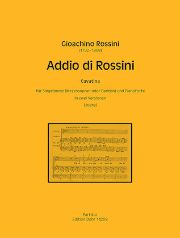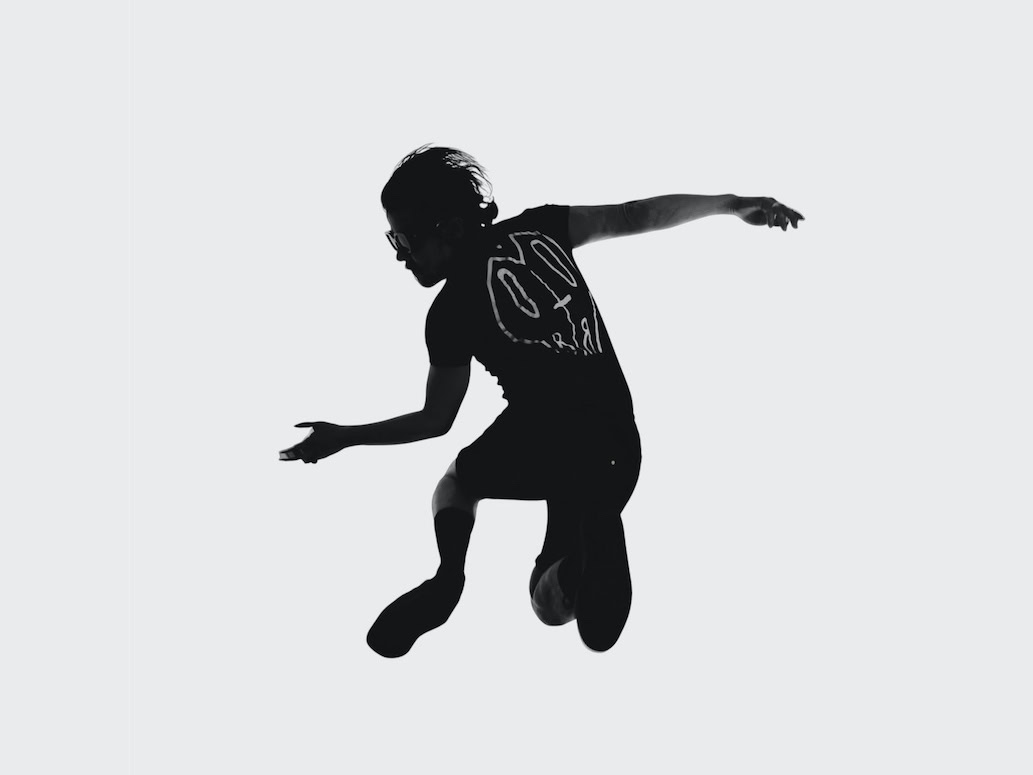Addio di Rossini in two versions
Both the bravura piece and the solfeggio demand a high level of virtuosity.

Whether Rossini was a brilliant chef or not is debatable. What is certain is that when he retired from active operatic life at the age of 37 and spent his retirement with his hobby of "composing", he was also a passionate gourmet devoted to good food and loved managing his fortune. It is also undisputed that Gioachino Rossini, who came from a musical family, was one of the most important opera composers of the bel canto era. Born in 1792, he made his first appearance as a composer at the age of 20. In two decades, he wrote no fewer than 39 operas, later also sacred, vocal, piano and chamber music, including numerous songs.
La Cenerentola was already five years ago, Il Barbiere di Siviglia, an opera completed in just 26 days, six years (only later performances would bring these two works the fame they deserved), when Rossini performed a season of several of his operas at the Kärntnertortheater in Vienna in the spring of 1822. As a farewell to Vienna, he composed the Cavatina, which has now been republished by Edition Dohr Addio di Rossini, originally published under the title Addio ai Viennesi appeared. This farewell gift is a showpiece of Rossinian compositional art. It was reprinted several times in the first half of the 19th century; the present edition is based on the London version from 1824 and, although already recorded by Marilyn Horne and other Rossini mezzos, has not yet appeared in any modern edition.
You would do well to polish up your coloratura if you want to sing this Cavatina, a bravura piece with all the ingredients of true Rossini singing: great melodic beauty, rich coloratura, operatic sighs, the famous Rossini crescendo. An encore par excellence, to be mastered by soprano/tenor or high mezzo-soprano/baritone - but only with considerable virtuosity.
It is also interesting to compare it with the adaptation of this cavatina as a solfeggio by Rossini himself, published in the same issue. It appeared in 1827 in the Gorgheggi e Solfeggi We can confidently take the subtitle of this vocal collection, "per render la voce flessibile", literally, even though the solfeggio version is inferior to the original Cavatina in terms of virtuosity. The piano accompaniment is simplified, phrasing differs, this piece is intended as a practice piece and can even be used in singing lessons. The solfeggio is for vocalizing voice, although the vocalise in the present edition is underlaid with text.
Gioachino Rossini, Addio di Rossini, Cavatina for voice (mezzo-soprano or baritone) and pianoforte in two versions, score, E.D. 14209, € 12.80, Dohr, Cologne









